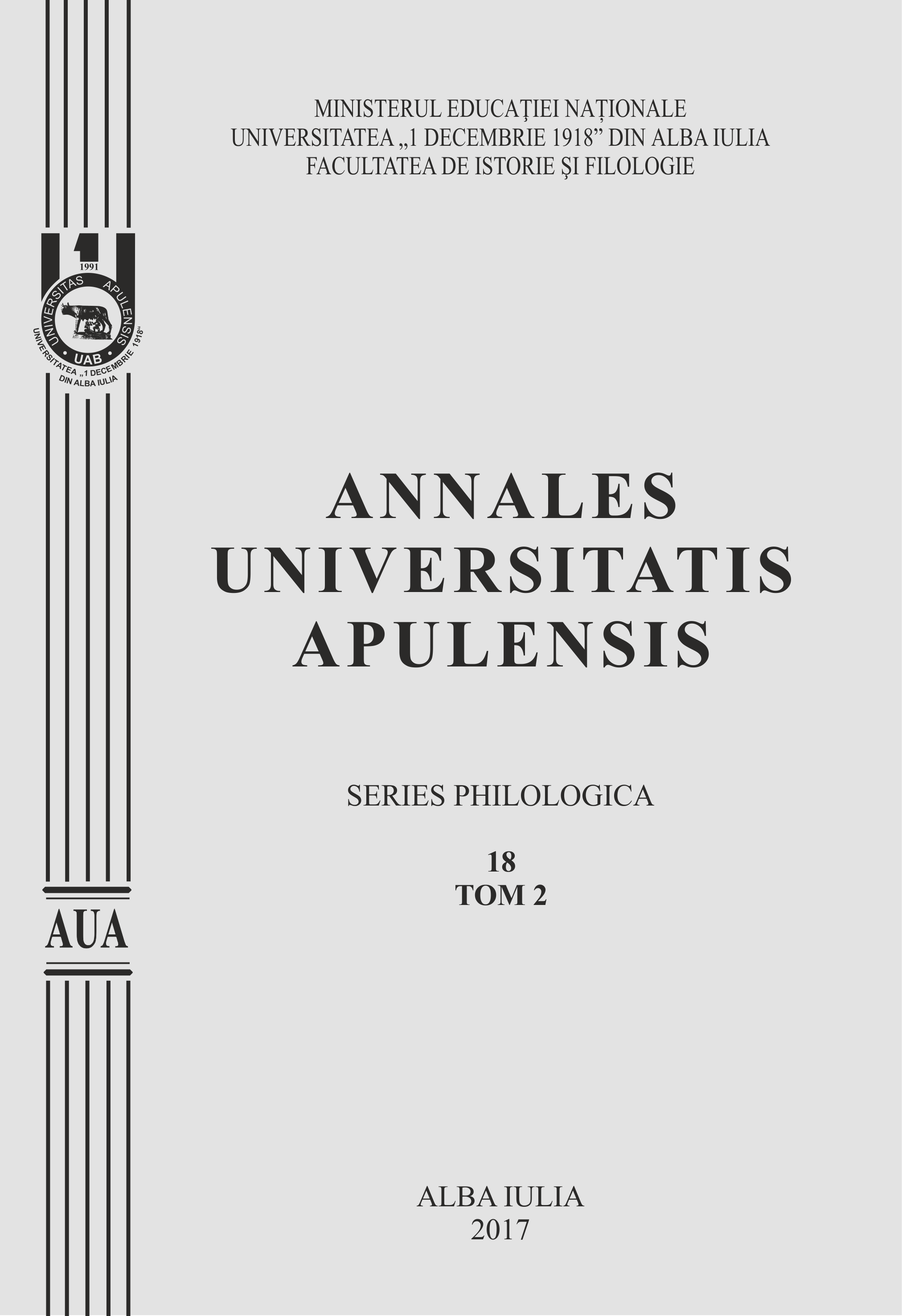IMAGINEA ŢIGANULUI ÎN LITERATURA ROMÂNĂ
GIPSY’S IMAGE IN ROMANIAN LITERATURE
Author(s): Alina-Maria NechitaSubject(s): Language and Literature Studies
Published by: Universitatea »1 Decembrie 1918« Alba Iulia
Keywords: gypsy; culture; customs; literature; society; symbol
Summary/Abstract: The present paper intends to highlight the mark decisively left by the gypsy ethnics on Romanian literature. Without claiming an exhaustive approach, the material captures elements of specific culture and civilization, elements which will result in particular examples, based on three different texts. Throughout the entire publication, we’ll be using the term “gypsy” and its derivatives, because, as we intend to highlight it from the beginning, the word is not being used with discriminatory features or intended to signal any political or sociological phenomenon, but to capitalize impressive elements of conduct, behavior, tradition and defining beliefs of the ethnicity on which the present has thrown the stigma of repudiation. A first aspect is presented in the light of friendship and spirit of sacrifice, evidencing the nature of the gypsy Vasile Porojan, as it’s shown in the notes of the nobleman Alecsandri. The slave gypsy, an undeniable truth of the 19th century, impresses with his devotion and obedience, despite being dominated in the end by his nomad spirit. Further, we focus our attention on the way reality is perceived by the gypsies in the camp, for whom the internal custom is above any other law of society. Fântâna dintre plopi catches the rough reality and the internal vigilante character of the small community members, temporarily placed on Moldovan lands. One other approach is meant to evidence the mystical – symbolic character of the woman belonging to the ethnicity in discussion. In the novel La ţigănci, Mircea Eliade gets his hero in difficulty, giving him the difficult task of finding the gypsy girl in a bizarre game, apparently surreal and inaccessible to common human. Regardless of him being surrounded by the aura of cordial sympathy, by the bitterness of an atypical rebellion or by mystical valences, the image of the gypsy, captured in his natural environment and his own traditions, provides extra vitality to the autochthonous literary context.
Journal: Annales Universitatis Apulensis. Series Philologica
- Issue Year: 18/2017
- Issue No: 2
- Page Range: 113-120
- Page Count: 8
- Language: Romanian

